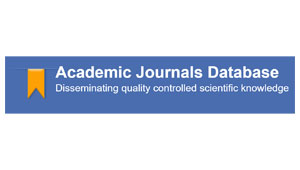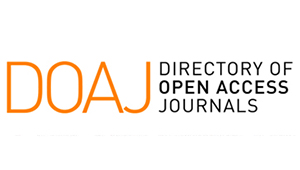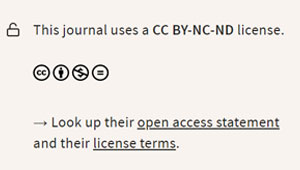Guevara Uchuya Luis Aldo
DOI: https://doi.org/10.59427/rcli/2025/v25cs.121-130
This study aimed to determine the influence of collective bargaining on the performance of Peru’s public sector in 2025. A quantitative approach was adopted, with an applied, correlational-causal level and a non-experimental, cross-sectional design. The study surveyed 48 public employees using a validated questionnaire. Statistical analysis included ordinal logistic regression and the Nagelkerke coefficient. Results showed that 60% of participants strongly agreed with statements on collective bargaining, while 65% acknowledged its positive impact on public sector performance. The regression model was statistically significant (p < 0.05), and the Nagelkerke coefficient reached 0.837, indicating strong explanatory power. Among the dimensions analyzed, institutional equity and efficiency showed the highest influence (73%). The findings conclude that collective bargaining significantly improves working conditions, legal guarantees, and institutional efficiency in the public sector. Strengthening regulatory frameworks and collaborative mechanisms is recommended to ensure sustainable labor relations and effective public service delivery.
Pág 121-130, 21 Ago








